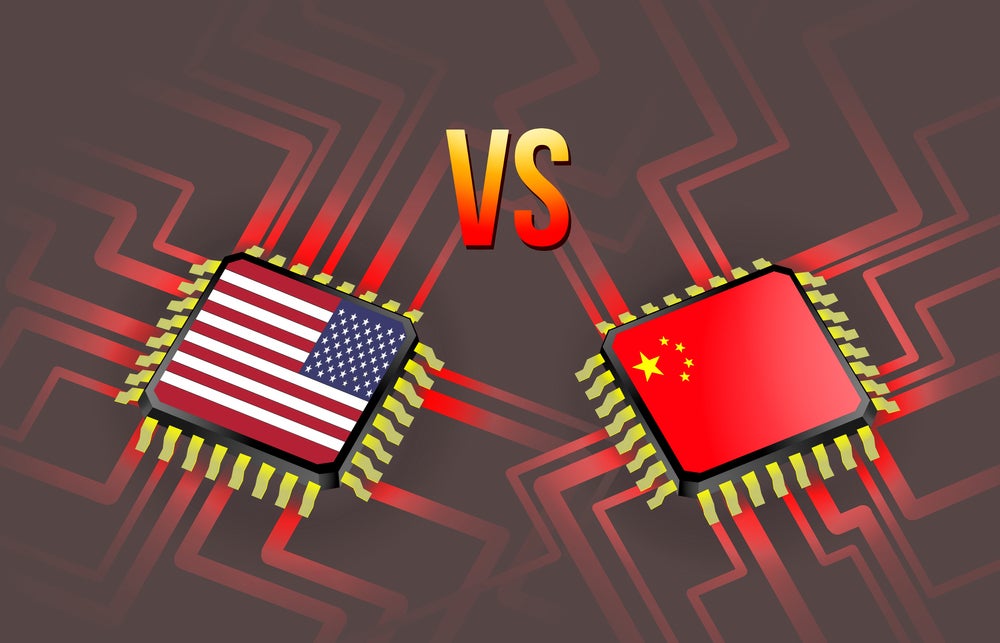Cryptocurrencies are often referred to as being immutable, but 51% attacks can quickly crash the party. The Binance hack (in October 2022) worth $570 million has raised concerns as to just how immutable blockchains really are, but this is just the tip of the iceberg when it comes to blockchain vulnerabilities.
How do cryptocurrencies work?
A defining feature of cryptocurrency is that records are kept by a large number of bookkeepers known as ‘nodes’, instead of one centralized institution. Any computer with adequate storage and an internet connection can become a node. Instead of recording transactions individually as a bank would, they are packed into blocks to ensure that all nodes agree on the correct order of transactions. Each block is passed around the nodes to achieve a consensus before being added to the chain. This is known as Proof-of-Work (PoW).
To ensure that this is a fair and decentralized process, block-makers continuously compete with each other to add blocks. The rule of this competition is that each block must be tweaked until the hash (mathematically shortened version) of the block’s code is lower than a prespecified value. Once achieved, the new winning block can be added to the chain.
This costly process of trial and error, known as mining, requires time, and large amounts of computational power. Forbes estimates that Bitcoin’s network annually consumes around 127 terawatt-hours (TWh) of electricity—enough energy to power the whole of Argentina. Miners thus receive generous fees and rewards for their efforts.
What is a 51% attack?
One key parameter of this competition is the longest chain rule. This states that if at any point two valid competing blocks are mined at the same time, miners will choose which of these blocks to mine onto next. The prevailing longest chain must be accepted as the chain of record, with the other competing block deemed the ‘orphan’.
The speed at which blocks are mined is proportional to the computing power each miner holds, known as ‘hash power’. If a node or group of nodes has more than 50% of the total hash power on the network, they will be able to mine blocks faster than everyone else. In doing this, they could eventually make the competing chain longer, causing the original portion of the longest chain from this point forwards to be discarded. This is known as a 51% attack.
The attacker can rewrite parts of the blockchain. If they wanted to purchase something, they could create two competing blocks, one paying a merchant and one paying themselves. They could then force the network to mine onto the latter, discarding the merchant’s payment. This is known as ‘double spending’ and will render the cryptocurrency worthless.
What is the likelihood and cost of a 51% attack?
Many claim that 51% attacks are near impossible. The logic is that the computational power required to make the competing chain longer would be large enough to deter any attempts. These miners would prefer to direct resources toward mining legitimate blocks. A 51% attack on Bitcoin would require almost $900,000 per hour.
While this may be true for high-profile cryptocurrencies like Bitcoin, smaller cryptocurrencies have a higher chance of suffering 51% attacks. A cryptocurrency known as BSV suffered a 51% attack in October 2022. The unknown miner commanded more than 80% of the network’s hash power and was able to earn undeserved rewards by mining empty blocks.
Proof-of-Stake (PoS) is another consensus protocol used by crypto blockchains. Instead of competing, miners are assigned block-making privileges based on the size of a deposit they make into the network known as ‘stake’. A 51% attack is still likely on proof of stake but is similarly expensive to deter most attempts. As 51% attacks could be detrimental, exchanges must invest in identifying and plugging the weak points in their blockchains so that cryptocurrencies are robust. This will help the exchanges gain consumer confidence, however, consumers must also be cautious when investing in niche cryptocurrencies with low hash power.






